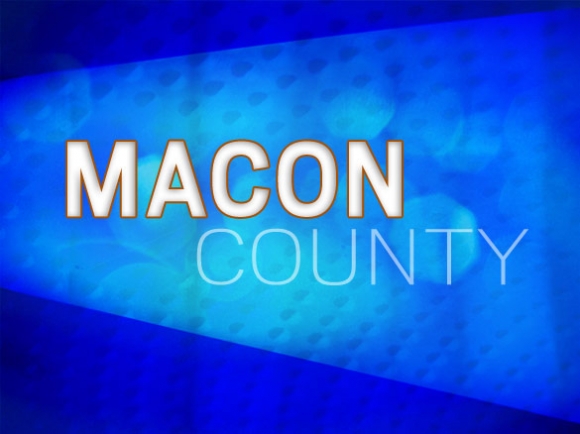Majority of Macon schools meet growth goals

Eight of the 11 schools in Macon County either met or exceeded their academic growth expectations for the 2017-18 school year.
Based on the report cards issued by the North Carolina Department of Public Instruction, the county’s schools experienced overall growth and success.
South Macon Elementary and Macon Early College moved up one letter grade from last year. South Macon improved to a letter grade of ‘B’ while MEC scored a letter grade of ‘A.’ East Franklin did take a dip from a ‘C’ last year to a ‘D’ this year.
Macon Middle School and Franklin High School both received a ‘B’ — the high school met expectations while the middle school exceeded growth.
Macon County is home to two K-12 schools — one in Highlands and one in the Nantahala community. Highlands earned a ‘B’ and exceeded growth expectations while Nantahala met expected growth but was graded a ‘C.’ Franklin High and Nantahala School’s four-year cohort graduation rate is 95 percent with Highlands’ graduation rate close behind at 94 percent.
Related Items

Macon County Schools Superintendent Dr. Chris Baldwin said Highlands School was able to exceed growth expectations for the fourth time in the past five years.
“I am pleased with the efforts of our students and teachers during school year 2017-18,” Baldwin said. “Macon Middle School was able to post an academic growth index score of 9.72, which is in the top 20 of 2,400 schools in North Carolina. The consistent high academic growth exhibited by Macon Middle and Highlands School over the past five years is remarkable.”
Mountain View Intermediate, East Franklin Elementary and Union Academy did not meet their academic growth expectations, but Baldwin said these schools are working hard to improve and meet their targets in school year 2018-19.
“Administrators, teachers and students are working hard across the board. Each year we see improvements from the previous year. Areas for improvement and challenges are also identified,” he said. “We will never be satisfied when it comes to student achievement, nor should we be. From year to year, each one of our schools will be seeking ways to improve regardless of their letter grade or growth index score.”
Putting the annual report cards into context, Baldwin said they represent a student’s efforts on one test, on a single day, in each of the End of Grade or End of Course tested areas. The scores are a reflection of the academic level of the students on the day that they were tested.
“The growth index scores, while not perfect, are a more comprehensive measure of a student’s academic progress. However, no single test can measure a student’s growth or a teacher’s instruction with complete accuracy,” he said. “Many activities and learning experiences that lead to a student’s overall success and ability to contribute to the future growth of our community cannot be measured by any number of standardized tests.”









